Sample blog about the Brown Marmorated Stink Bug
To give you an idea of the type of blogs we write for our clients, here is a sample blog about the Brown Marmorated Stink Bug. You can see it is written with your customers in mind and warns of the danger of this particular pest. For this example and SEO, the pest control company is Utah-based.
It concludes with a strong message to contact your pest control company if they need help. We personalize each blog in this manner.
Brown Marmorated Stink bug
The Brown Marmorated Stink Bug (Halyomorpha halys) is one of over 300 stink bug species in the US. Simply being a stink bug would be enough reason to avoid it but this insect is a major pest, and not to be underestimated.
It may not bite, sting, or be a carrier of human diseases but this is a bug that can enter your home in large numbers and is responsible for costing the agriculture industry in the US millions of dollars each year. It is a successful, invasive bug that has already reached southern Utah and brought trouble with it.
You need to know more.
A rapid invader
The Brown Marmorated Stink Bug (BMSB) is a native of East Asia. It is also a successful invader in the US.
It was probably introduced by mistake to Pennsylvania in 1998 but it was only officially noted in that state in 2001. During the next few years, there were few reports of its movements around the country.
By 2010, this bug had become a pest in eastern parts of North America. In 2012, it reached Utah. Initially, the pest remained in the north of the state but soon spread south. As the climate warms, it is pushing ever onward through the country, damaging crops as it goes.
During the same period, this pest has spread throughout Europe, Eurasia, South America, and Australasia and it continues to expand its territories.
What does Marmorated mean?
The name Brown Marmorated Stink Bug gives a clue as to its appearance. ‘Marmorated’ is not a word we use often but it means marbled. And that’s a feature that distinguishes this pest from the native stink bugs of southern Utah.
The segments on its antennae alternate between white and brown but the marmorated description applies more to its upper body which is uniquely marbled gray and brown.
Typically, the adults are between ½ and ¾ of an inch in length – about the size of a dime. This makes it one of the larger stink bugs you’ll encounter in St George or other locations.
Another name for this type of insect is a shield bug, which nicely describes the shape of its body.
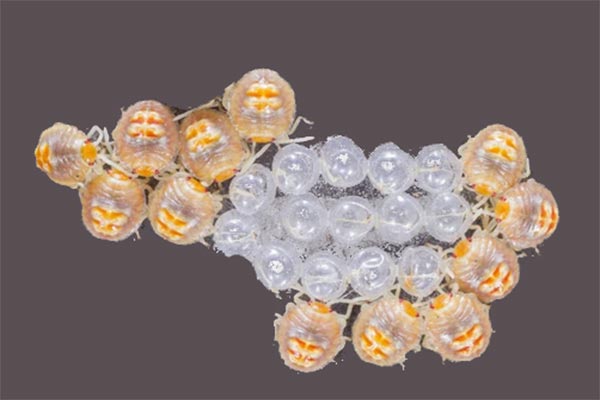
A problem that grows quickly
BMSBs go through an incomplete metamorphosis. Once they hatch from their eggs, they look similar to adults and go through five nymph stages, changing color and getting larger until they are adults. Unlike butterflies and bees, they do not have a pupal or chrysalis stage.
Male BMSBs produce pheromones to find a mate. After pairing, the female lays up to 30 pale green or blue eggs in a cluster underside leaves.
On hatching, the nymphs have black heads and bright orange bodies. As they develop, they lose the orange coloring and the nymphs become darker. From the second stage, they develop embryonic wings. After the fifth molt, the nymphs attain adulthood with fully formed wings and adult coloring.
Subject to temperature and other conditions, it can take from 40 to 60 days for a BMSB to go from egg to adult.
Mated females can lay a batch of eggs every week, laying up to 400 in a single season.
Adults can fly well, although most will opt to fly short distances where possible. But, if necessary, they have been reported to cover more than 70 miles in a day.
Why does a Brown Marmorated Stink Bug … stink?
If you’ve ever disturbed or killed one of these pests, you will know why they are called stink bugs!
These noxious pests, both nymphs and adults, release a powerful odor when disturbed. It is a deterrent rather than a weapon. And it works well!
Several chemicals are released together inside a special chamber in their thorax called an evapatorium. The chemicals react to create an unpleasant smell and the shape of the evapatorium enables it to spread more quickly. BMSB can even spray the smell over short distances.
Although the liquid that makes the smell is mildly toxic, it rarely causes any harm to humans, although some vulnerable people suffer an allergic reaction.
If you get it in your eyes, you should carefully wash them well and, as a precaution, contact your doctor for advice. Aside from stinging, long-term issues are rare.
Different people will describe the strong odor in their own way. Some say it is like spoiled cilantro, others like burnt tires. All will agree it’s unpleasant.
Avoid unpleasant odors indoors
In the late autumn, BMSBs look for somewhere to escape the winter cold. In the wild, they may hide in leaf litter, crevices in trees, and the like. Unfortunately, they are being found more and more inside homes.
When they find a good resting place, adults will release an aggregation pheromone which attracts others. And this is when the problem can escalate.
It is not uncommon to find dozens congregating under a bed, in an attic, behind books, or anywhere they will be undisturbed. Dozens can occasionally become hundreds and in one infamous case, over 26,000 individuals lurked in a single house!
The bugs don’t cause any damage to the house but if it’s kept warm, the BMSBs may not rest but fly around the house. If you disturb them, they will react with their signature stink. And that’s not something you want indoors.
Serious agricultural pests
BMSBs are a serious agricultural pest. They feed on a large number of crops, both as nymphs and adults. In doing so, they cause damage to the crop, often making it unsellable.
Their mouths act as a stabbing straw called a rostrum. Stink bugs jab their rostrum into a plant’s stem or even fruit. The bugs feed on the juices or sap of the plant. This piercing causes physical damage that can ruin crops.
The rostrum has a separate tube for injecting enzymes into the plant to make it easier to suck up and digest the liquid. These enzymes can spread disease as the bugs may move from one plant or plant species to another.
By 2017, barely 16 years after being reported in the country, BMSBs were responsible for notable agricultural damage in Utah. BMSBs are already responsible for the loss of millions of dollars in the agricultural industry across the country each year and that loss is growing annually.
Hard to control
BMSBs are not easy to control. There are only a limited number of effective insecticides.
Evidence shows that this pest is already developing resistance to pyrethroid insecticides.
The adults have a tough exoskeleton, which provides some protection against certain chemicals. Their method of feeding means they can bypass sprays on fruits and crops. And when threatened, they can disperse quickly and effectively.
If you have a problem with Brown Marmorated Stink Bugs call Pest Writers today. This is a successful invader that can multiply fast. Don’t delay.
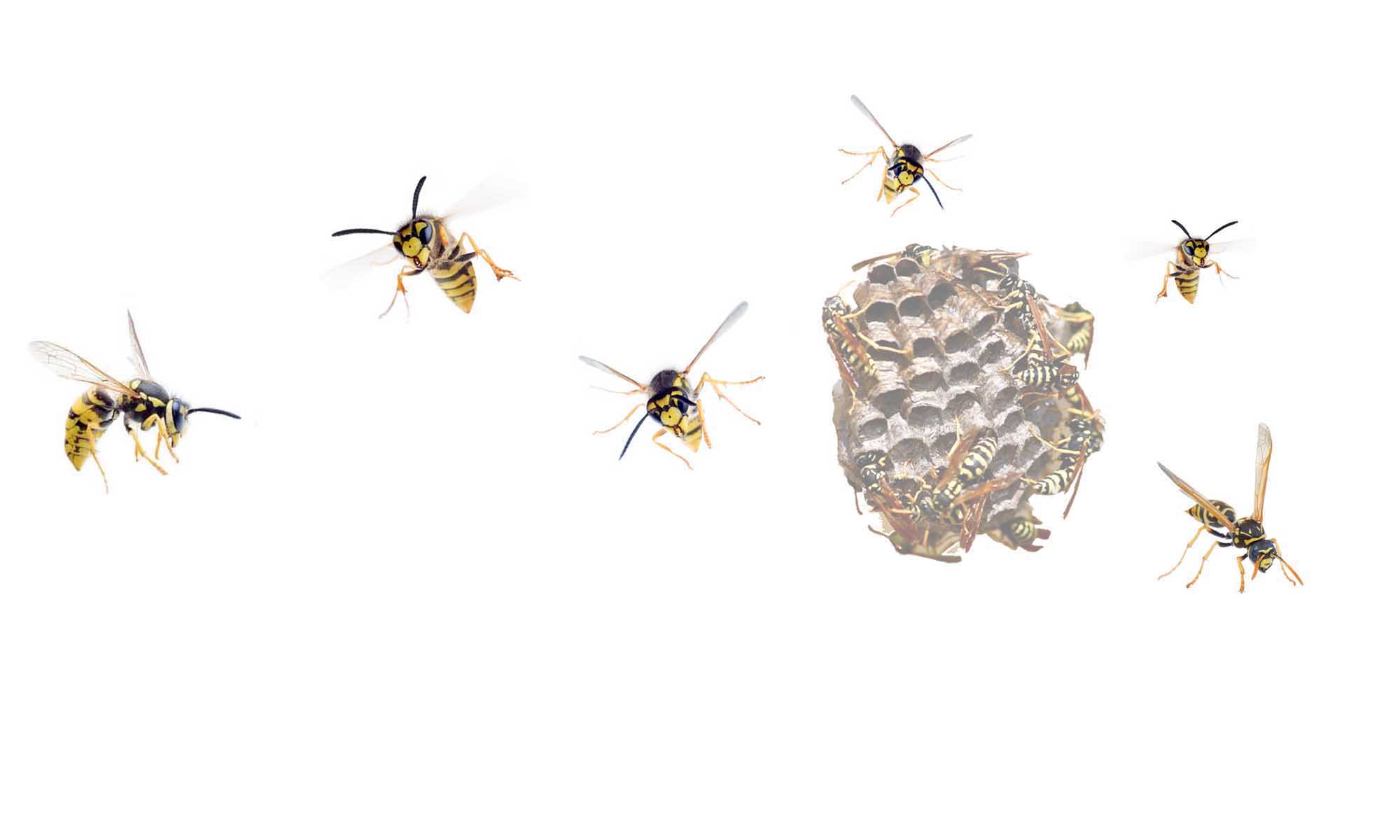

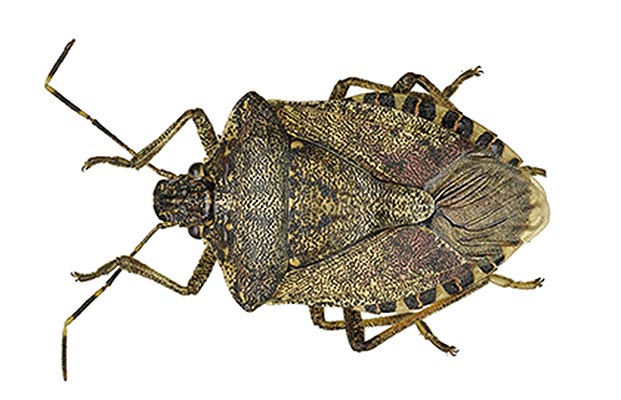
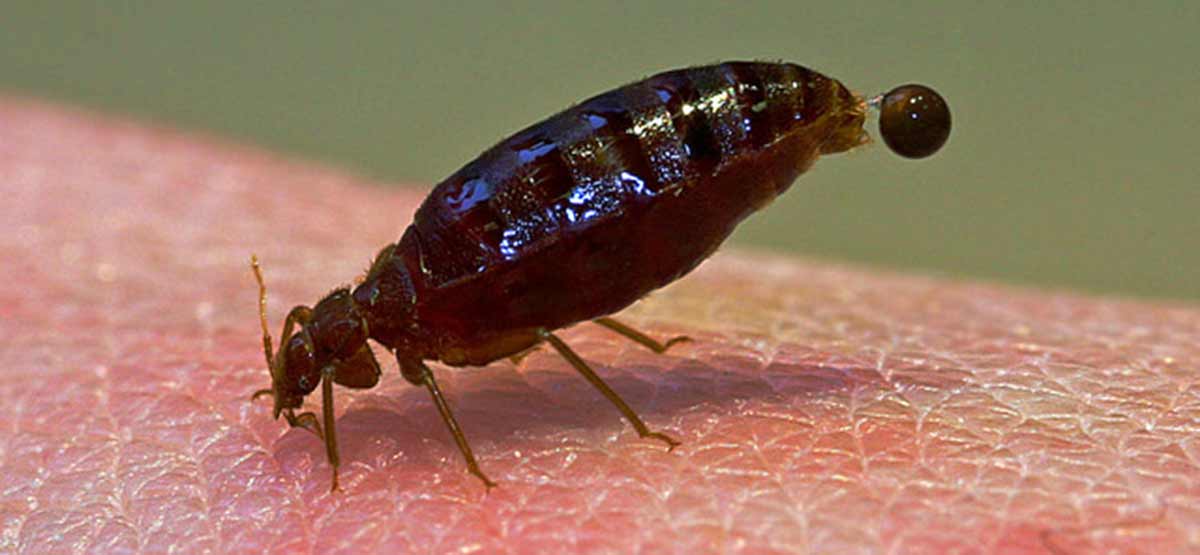
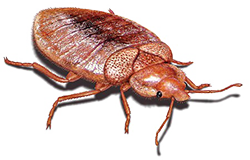
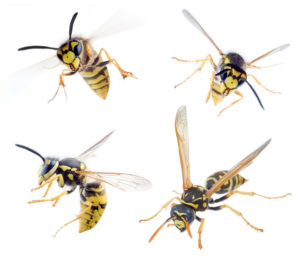 It’s a beautiful day, you’re outside enjoying your backyard with a cold beverage in hand when all of the sudden you notice wasps swarming you. They’re after your tasty beverage, perhaps nosing around your barbecue grill for remnants of last night’s meal. If you notice them entering a hole in the side of your house it could mean you have a serious problem in the form of a wasp nest.
It’s a beautiful day, you’re outside enjoying your backyard with a cold beverage in hand when all of the sudden you notice wasps swarming you. They’re after your tasty beverage, perhaps nosing around your barbecue grill for remnants of last night’s meal. If you notice them entering a hole in the side of your house it could mean you have a serious problem in the form of a wasp nest.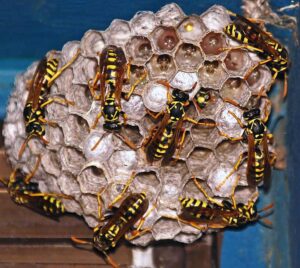 You may have wondered if it’s safe to remove a wasp nest yourself. The short answer is no.
You may have wondered if it’s safe to remove a wasp nest yourself. The short answer is no.